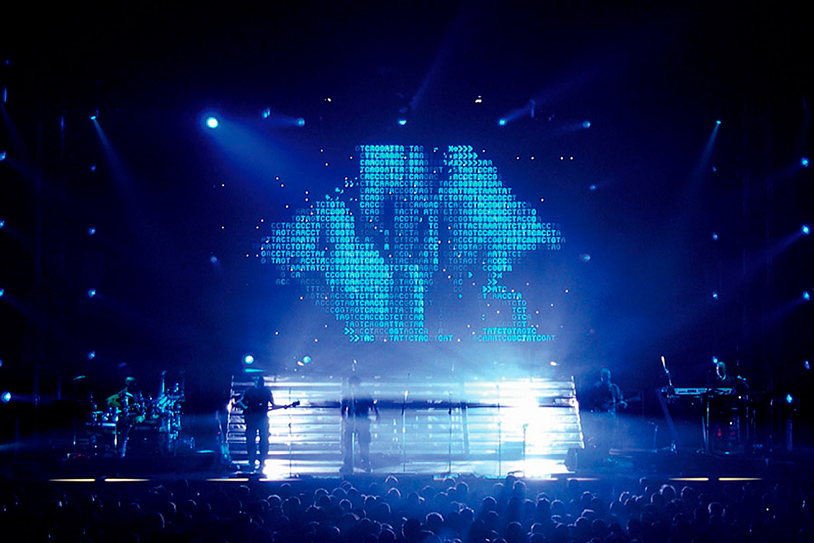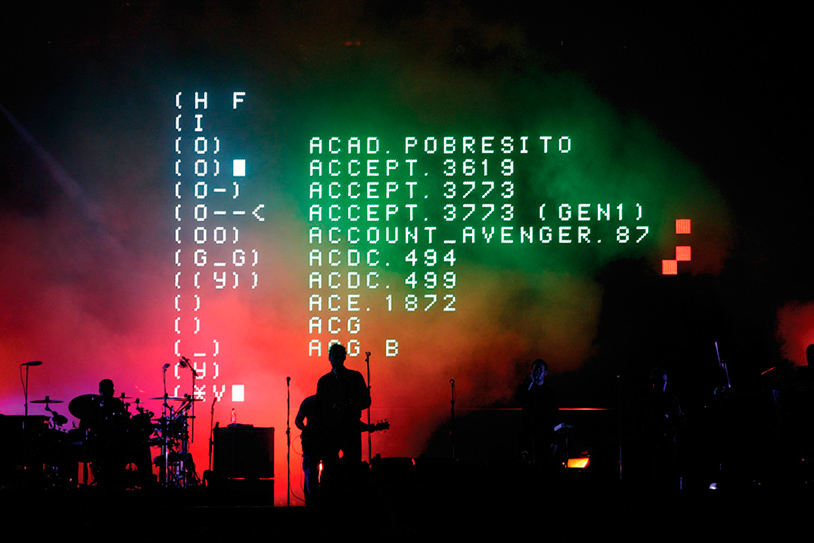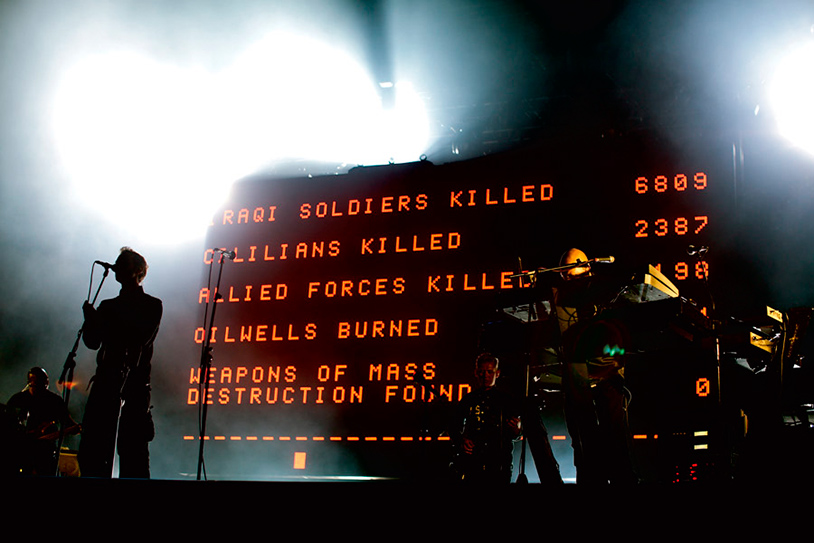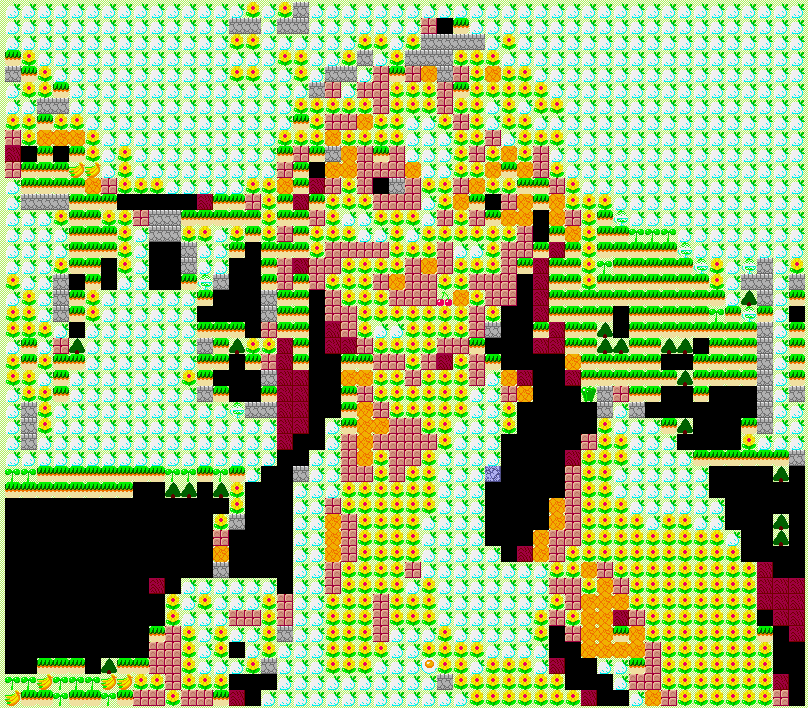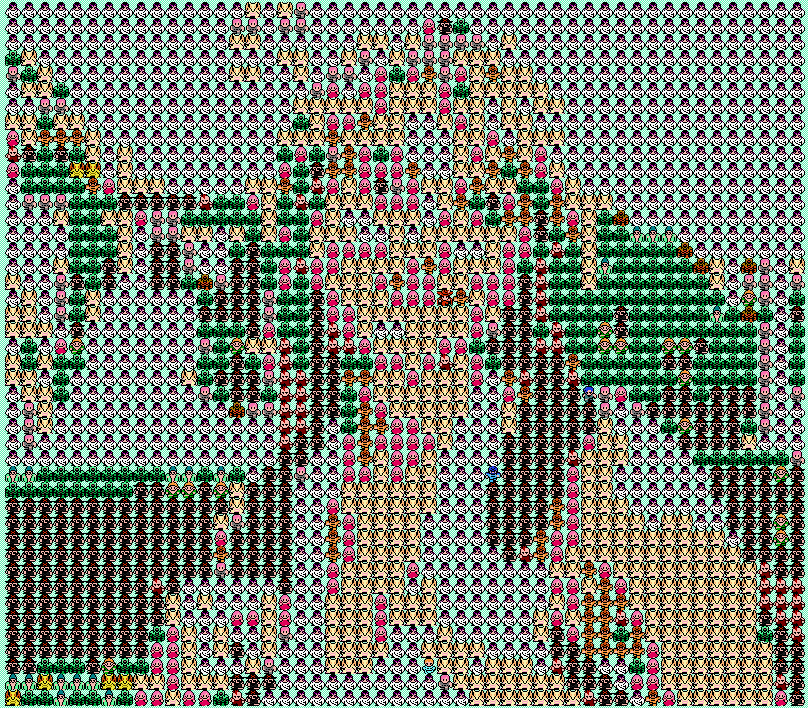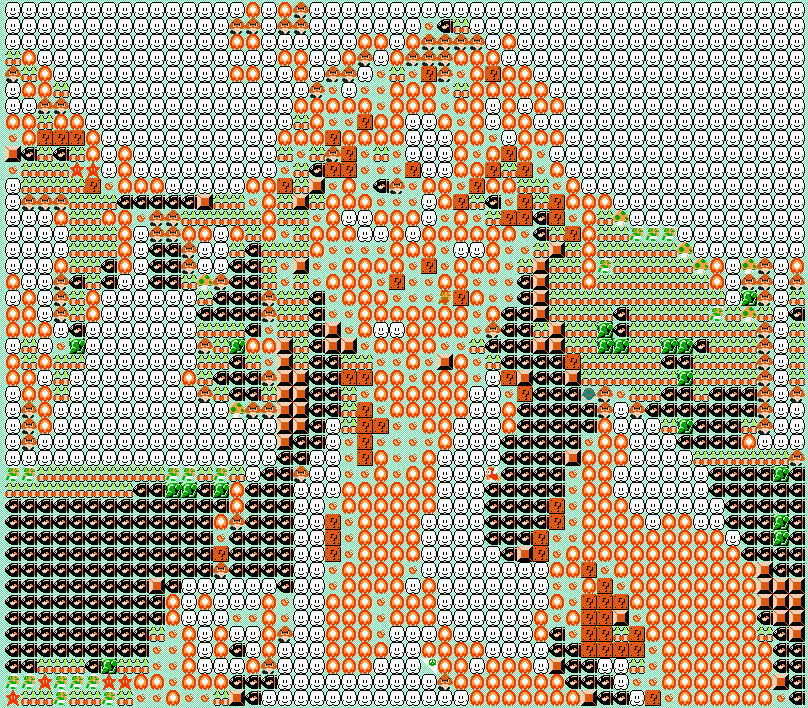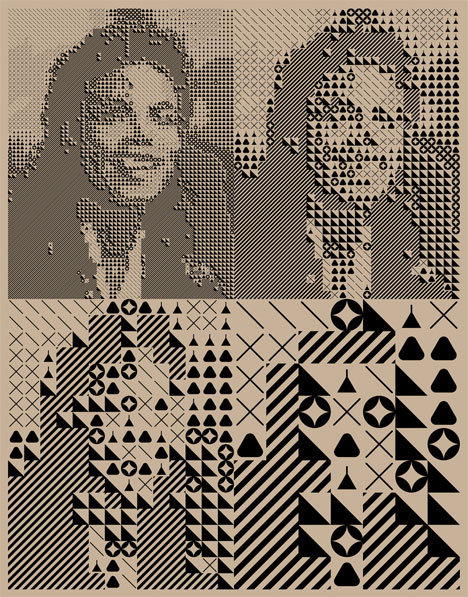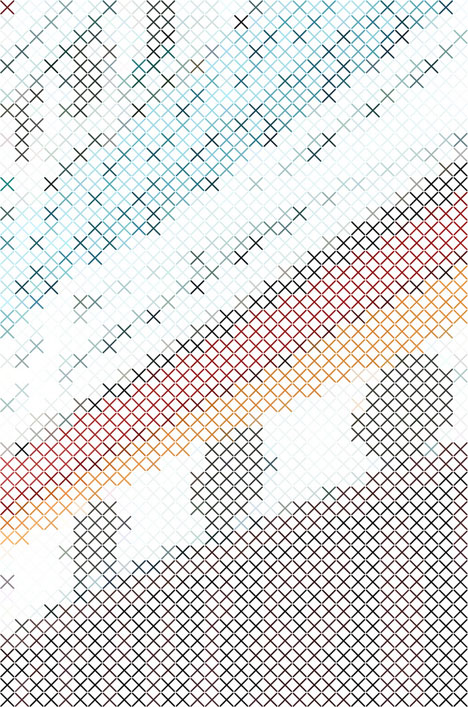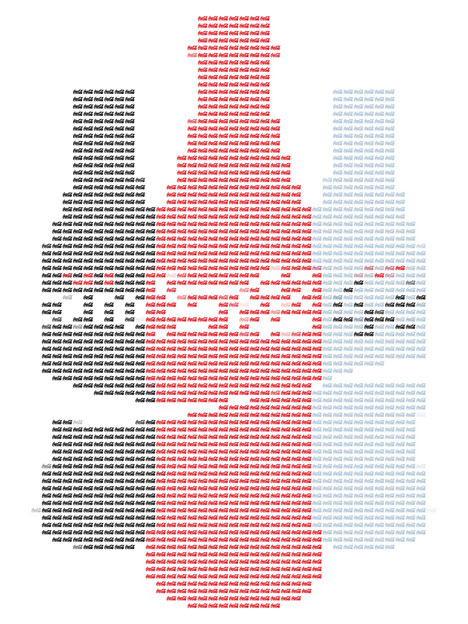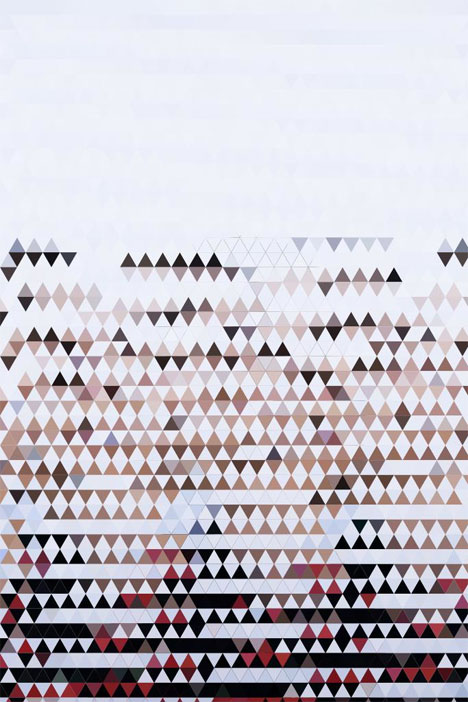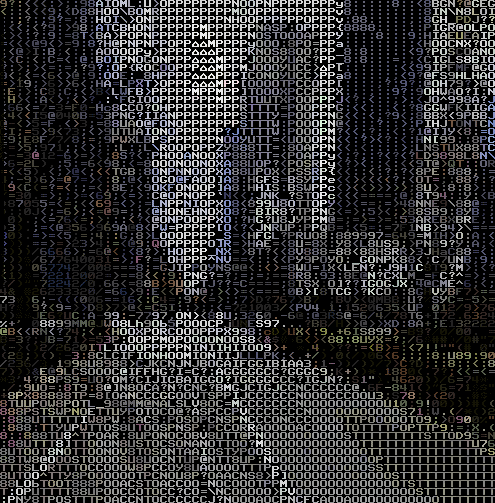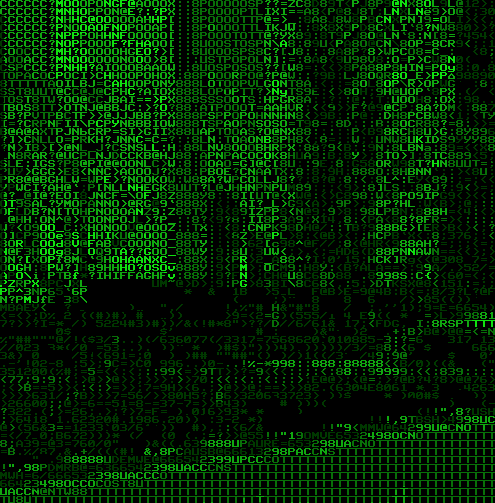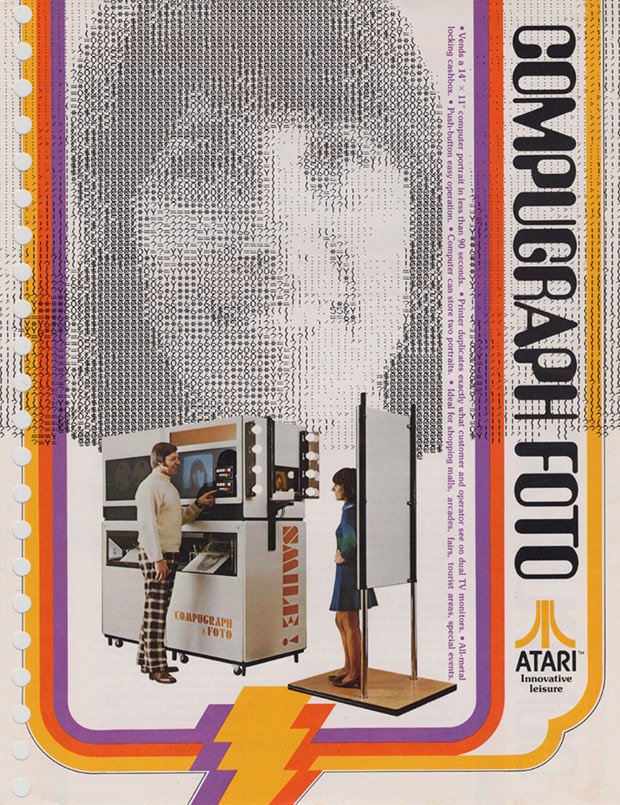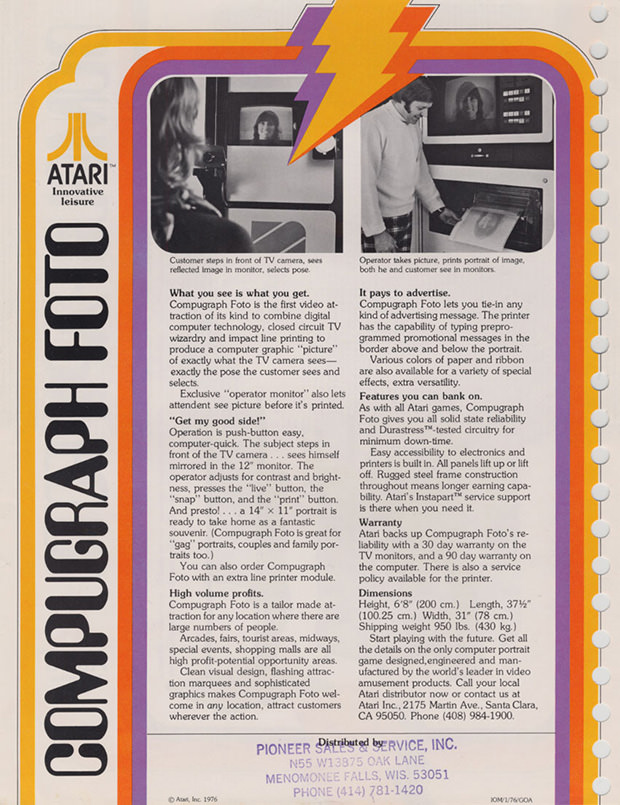Massive Attack visuals by UVA, most likely from 2003. Oh lord what a big ASCII!
Tag Archives: conversion
YATTA!
Crazy online image app converts pictures into arranged tiles, creating them with sprites from various sources. Different styles include Super Mario, Rainbow Islands, various emoticons (including animated Japanese gifs), and icons from apps such as Skype and Gmail.
Just select an image from your desktop and drag it onto the page it will be converted. Use the drop down menu on the top right to change the style.
(via Kim Asendorf)
A video is played in textmode on a PET – the original PETSCII bad boy. PETpix is a recent hardware/software solution to do this. Read more here.
Kim Asendorf, an interactive artist from Kassel, Germany, has just released the first version of ONull, a new tool for vectorizing raster graphics.
ASCII Street View by Teehan+Lax Labs
Interactive, brower-based WebGL-powered text-mode view of Google Streetview panoramas. Available in colour and green-terminal modes:
Real-time Ascii Art conversion of Google Street View panorama’s done in WebGL.
You’ll need Chrome, Firefox 8+, or another browser that supports CORS WebGL textures.
Coded by @peter_nitsch. Inspired by Sol’sTextFX library. Built with @thespite’sGoogle Street View Panorama library, and three.js.
Read about this at Teehan+Lax Labs.
Try it out here
Atari’s Compugraph (1976) – an ASCII photo booth. You have your picture taken and get a dot matrix print out (11×14 inches) after 90 seconds. A more recent approach to textmode photography is the Descriptive Camera, in case you missed it.
ASCII Junkie by Juice, 1997. Amiga 500-demo with 5 minutes of ASCII-converted video.
carpet/?s is an internet based project that allows you to purchase a personalized carpet made out of ascii.

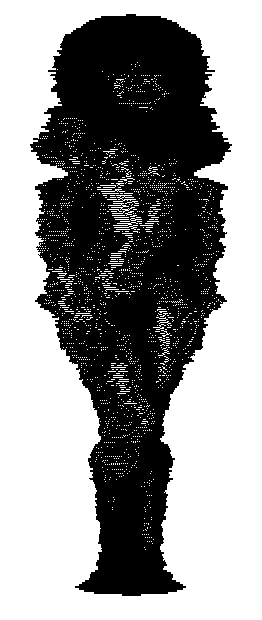



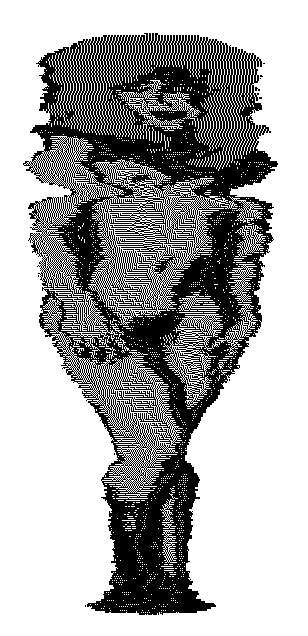







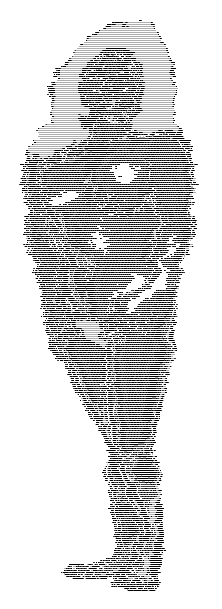




Eighteen Types by Andrew Hurle. Photos of Tokyo bar girls converted to ASCII, and mangled. See the full collection on the artist’s website.
Each of these two women are represented as an ASCII image set in nine different typefaces and has been magnified from an image captured from the computer screen.
Perhaps this was made around the same time as his other ASCII-related works, ca 2000. This post was updated in 2024.
John Whitney’s 1972 work Matrix III remixed in ANSI by YouTube user skuzzyanimation, who has more ANSI-interpretations like this.

